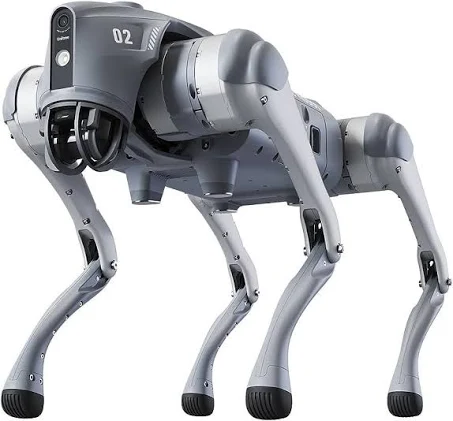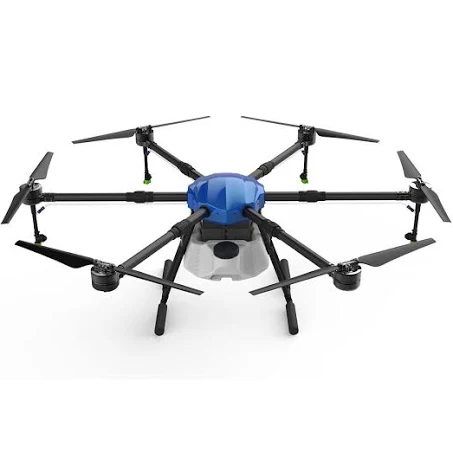Description
A robotic companion pet is an artificial animal designed to provide users companionship, interaction, and sometimes therapeutic benefits. Here are key features and considerations for a robotic companion pet:
Key Features to Consider:
- Physical Design:
- Animal-Like Appearance: Resembles a real animal (e.g., dog, cat) in size, shape, and movements.
- Materials: Soft and durable materials for a tactile and realistic feel.
- Behavior and Interaction:
- Motion and Gestures: Lifelike movements such as walking, sitting, wagging tail (for dogs), purring (for cats), etc.
- Sound Effects: Realistic sounds corresponding to the animal’s behavior (e.g., barking, meowing).
- Touch Sensors: Response to touch and petting, with sensors to simulate reactions (e.g., purring, wagging tail).
- Artificial Intelligence and Learning:
- Interactive AI: Responsive to voice commands or gestures for fundamental interactions (e.g., responding to “sit” or “come”).
- Learning Capability: Adapting behaviors based on user interactions and preferences over time.
- Health and Maintenance:
- Battery Life: Long-lasting battery to support extended periods of interaction.
- Charging and Maintenance: Easy rechargeability and upkeep, such as cleaning fur or replacing batteries.
- Safety Features:
- Non-Toxic Materials: Safe materials used in construction.
- Safety Sensors: Prevents accidental falls or collisions with objects.
- Therapeutic Benefits:
- Emotional Support: Provides companionship and comfort, especially for individuals who may feel isolated.
- Stress Relief: Interaction with a robotic pet can reduce stress and anxiety.
- Cognitive Stimulation: Activities like petting or playing can stimulate cognitive functions.
- User Experience:
- Customizable Features: Ability to customize behaviors or appearances through software updates.
- User-Friendly Interface: Intuitive controls for ease of use by individuals of different ages and abilities.
Benefits of Robotic Companion Pets:
- Companionship: Offers companionship and emotional support, particularly in situations where real pets are impractical.
- Low Maintenance: No need for feeding, grooming, or veterinary care as required with real animals.
- Accessibility: Suitable for individuals with allergies or living in environments where pets are not permitted.
Considerations:
- Realism vs. Functionality: Balancing lifelike appearance and behaviors with practical functionality and user acceptance.
- Ethical Concerns: Addressing ethical considerations related to dependency on technology for companionship.
Examples and Applications:
- Elderly Care: Providing companionship and emotional support to seniors in assisted living facilities.
- Therapeutic Use: Used in settings such as hospitals or rehabilitation centers for patients needing emotional support.
- Educational Purposes: Teaching responsibility and empathy to children who may not be able to have real pets.








Reviews
There are no reviews yet.